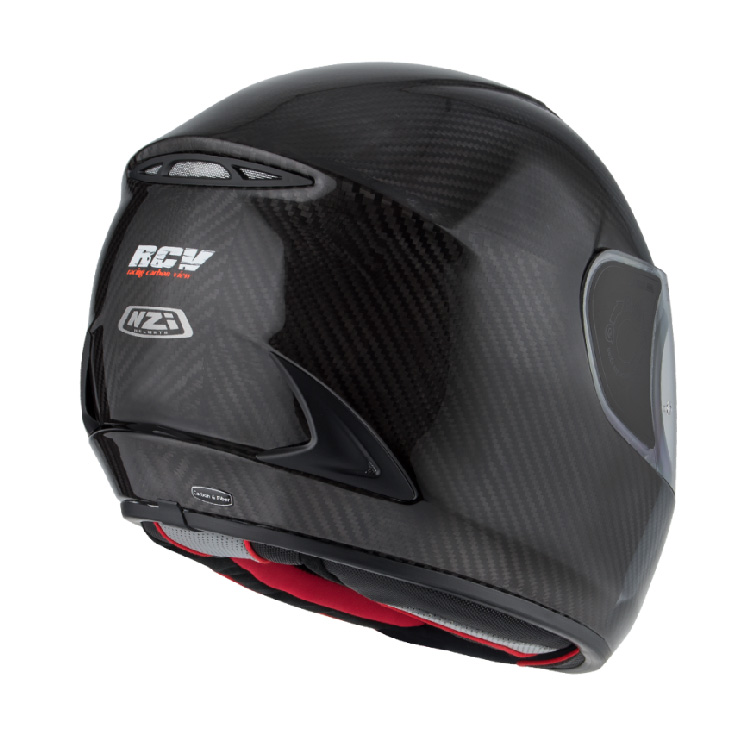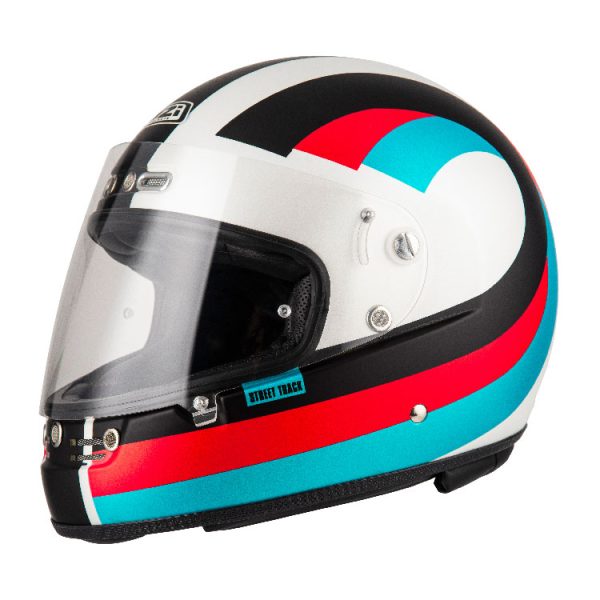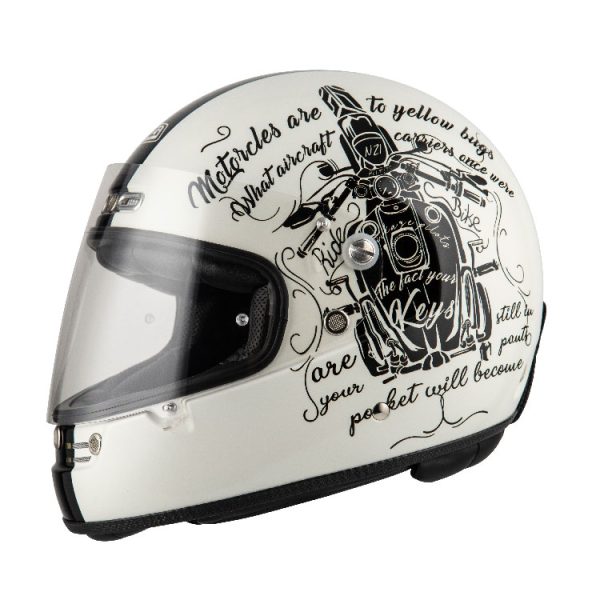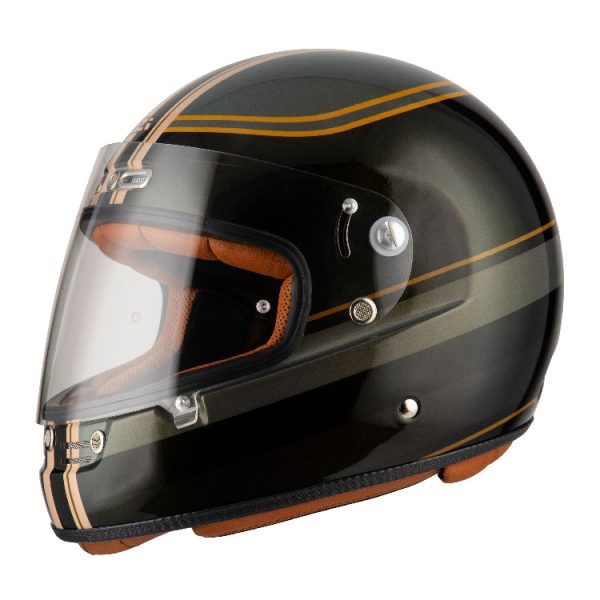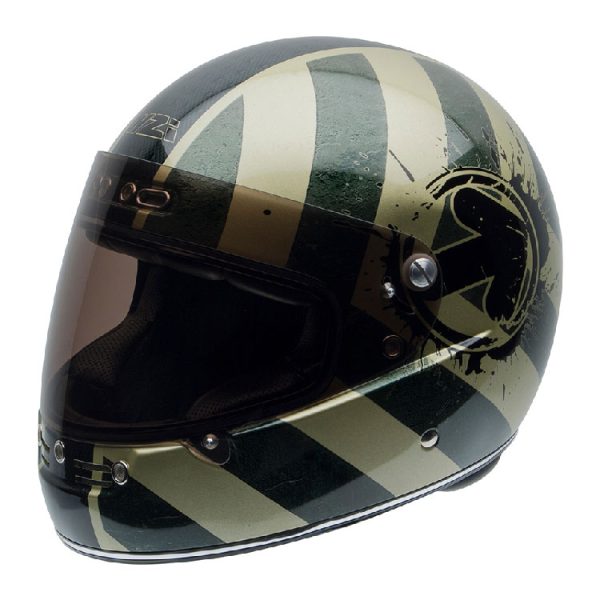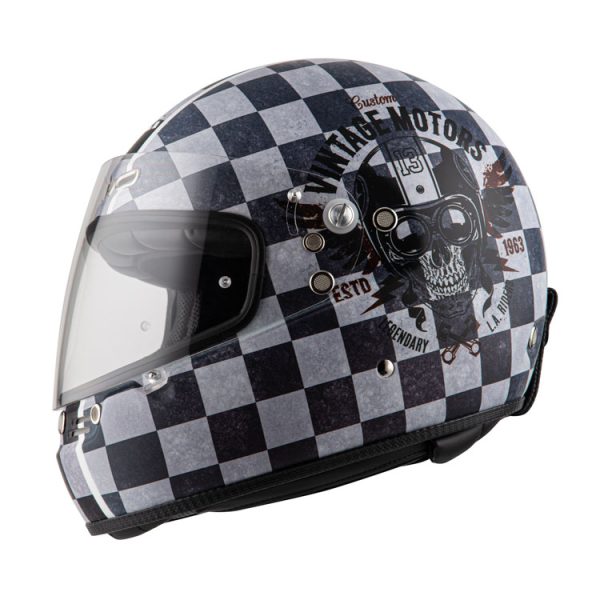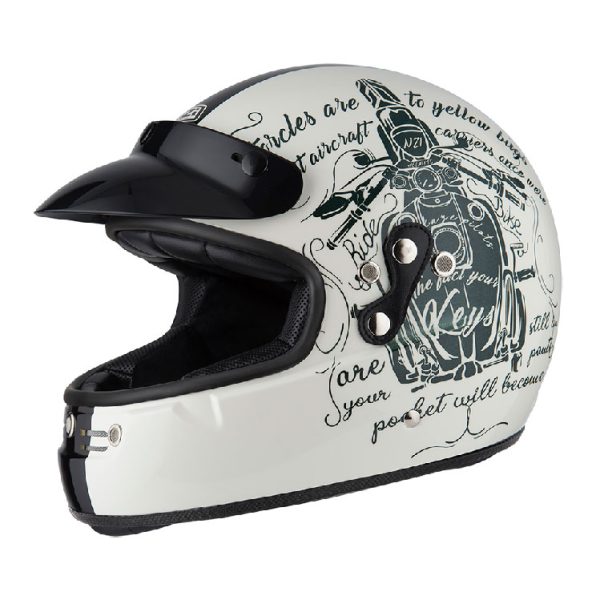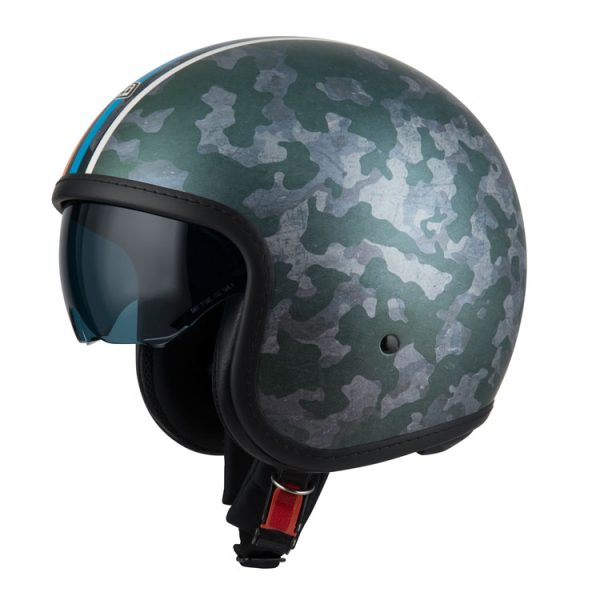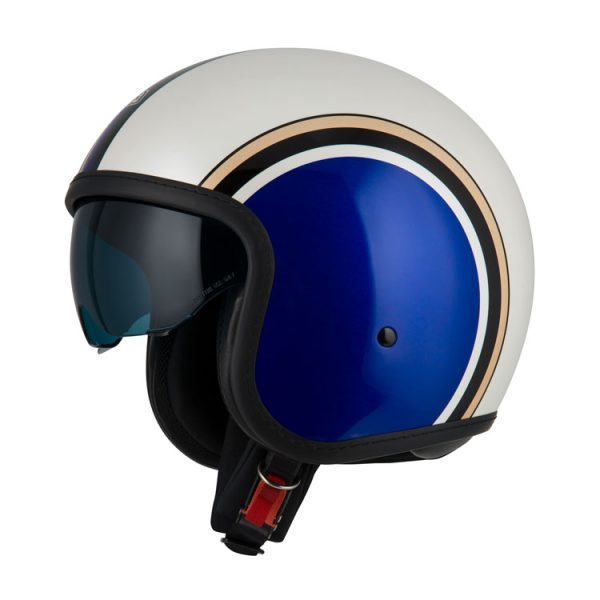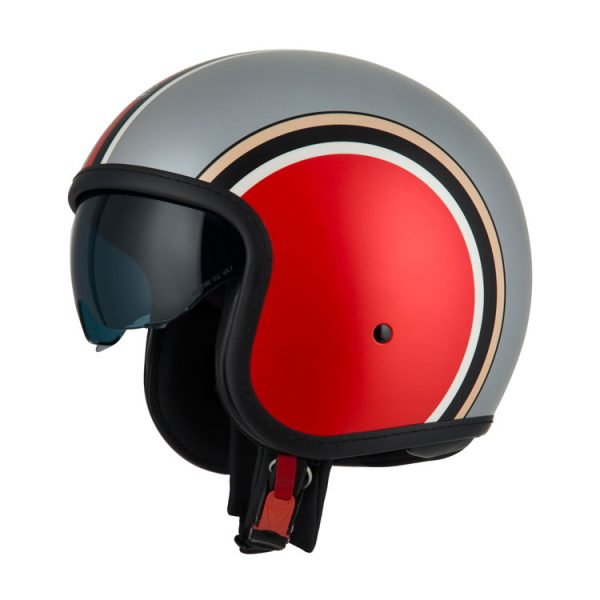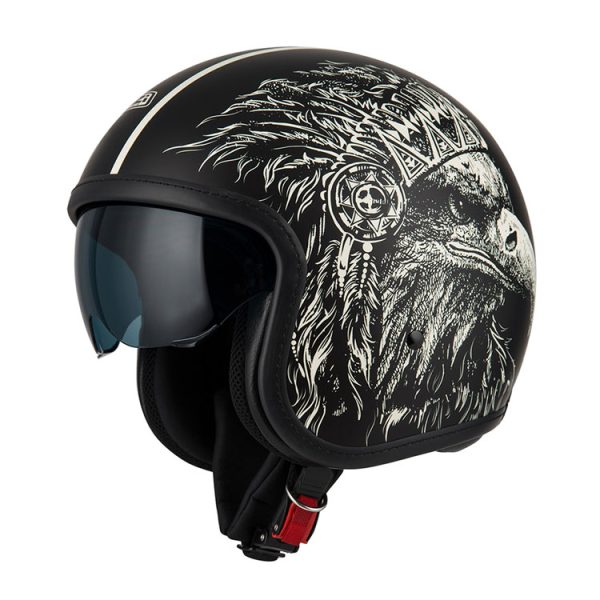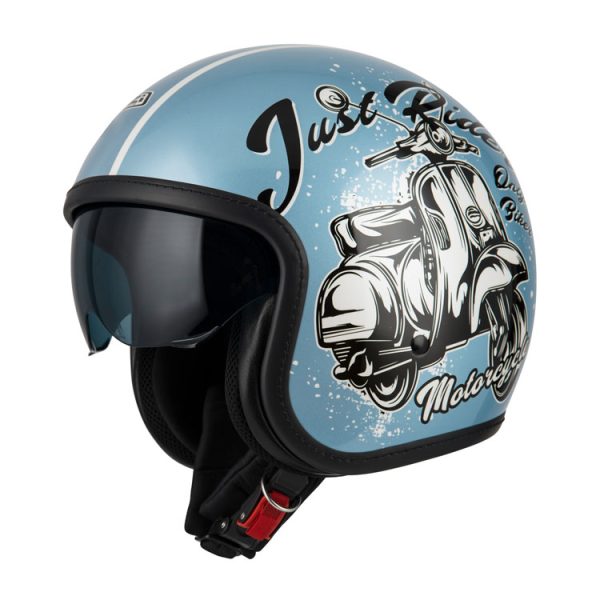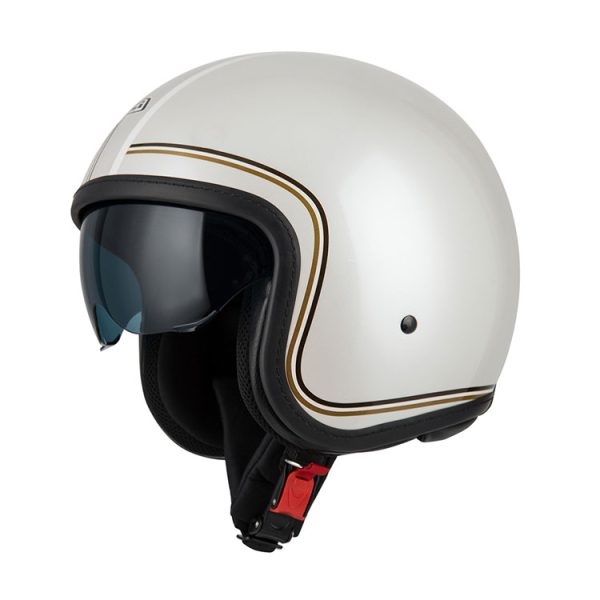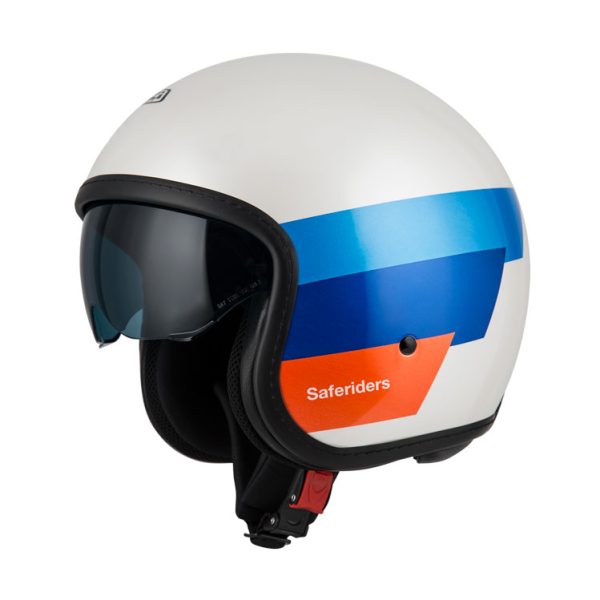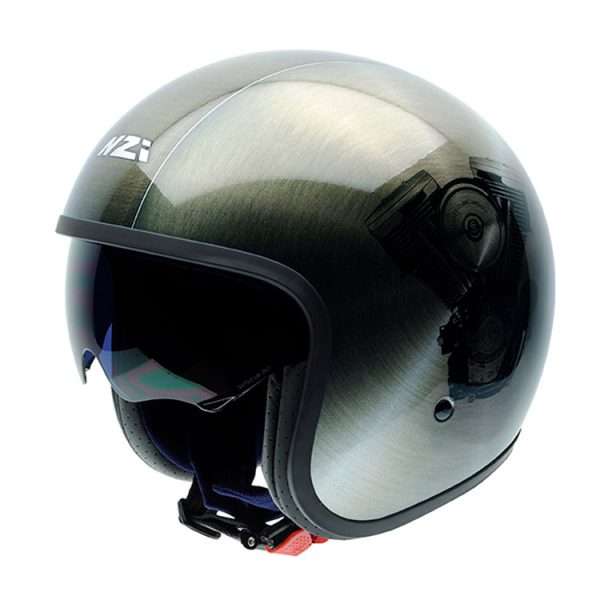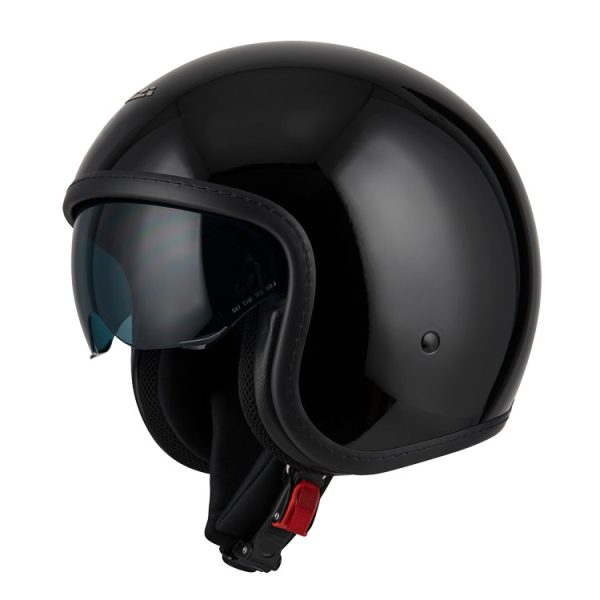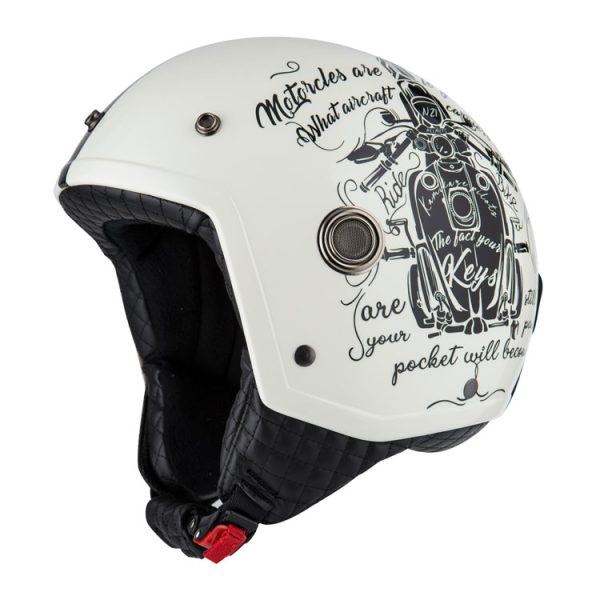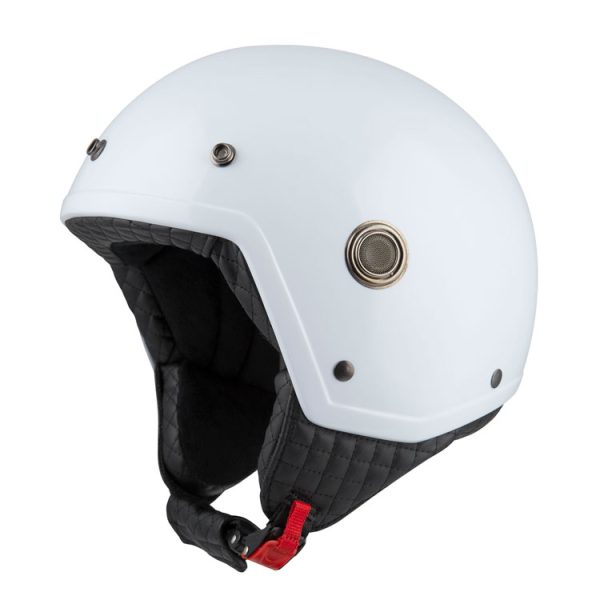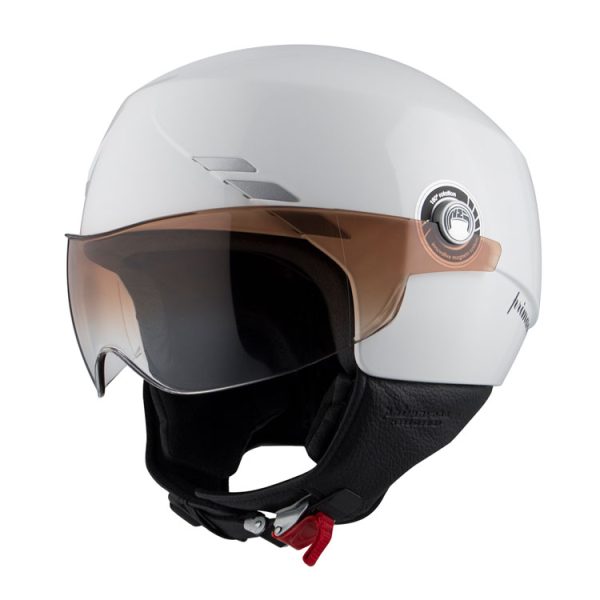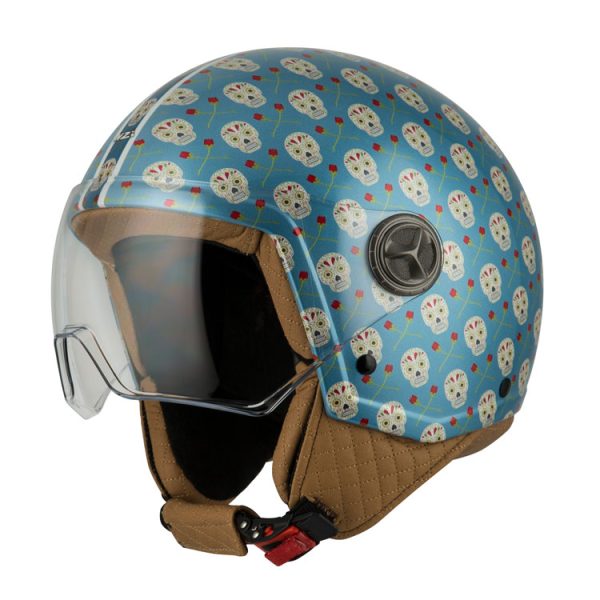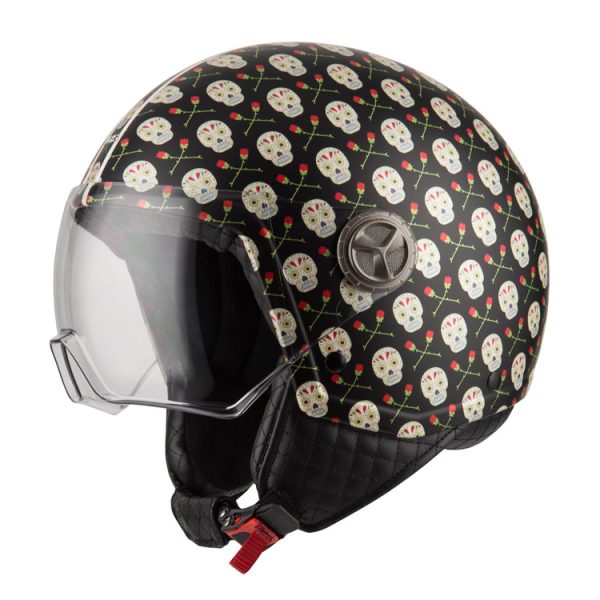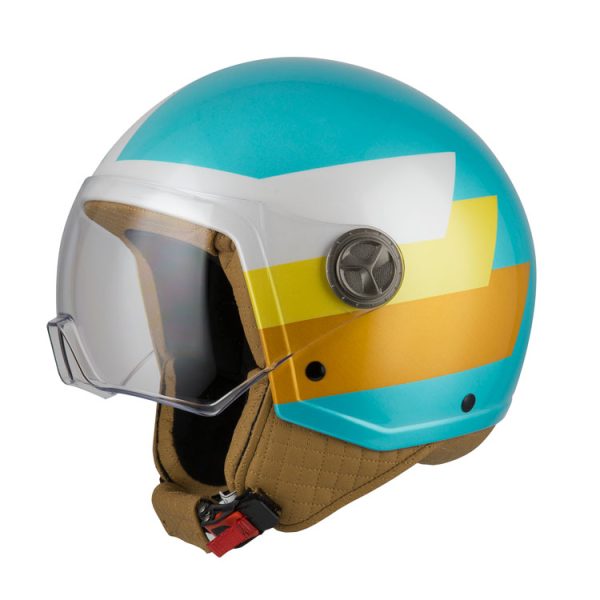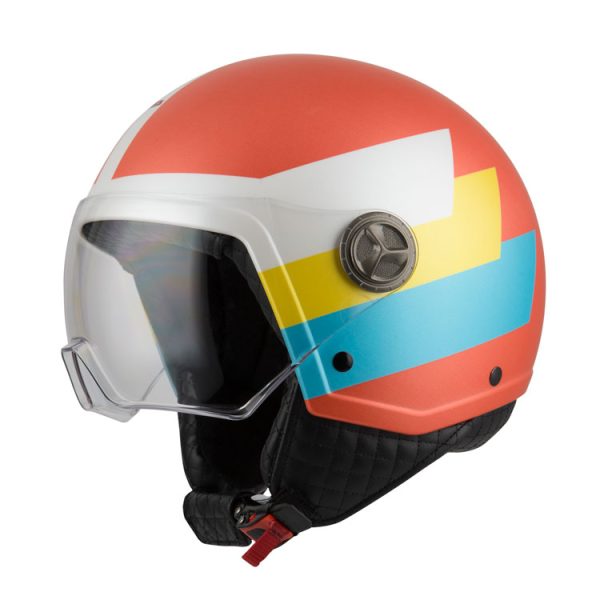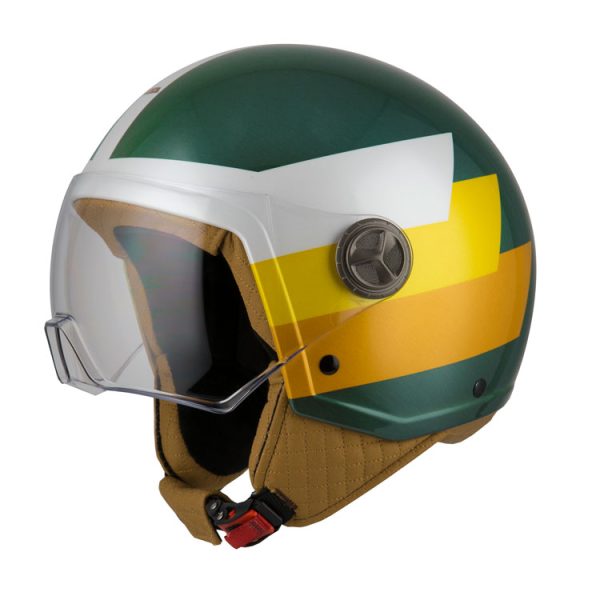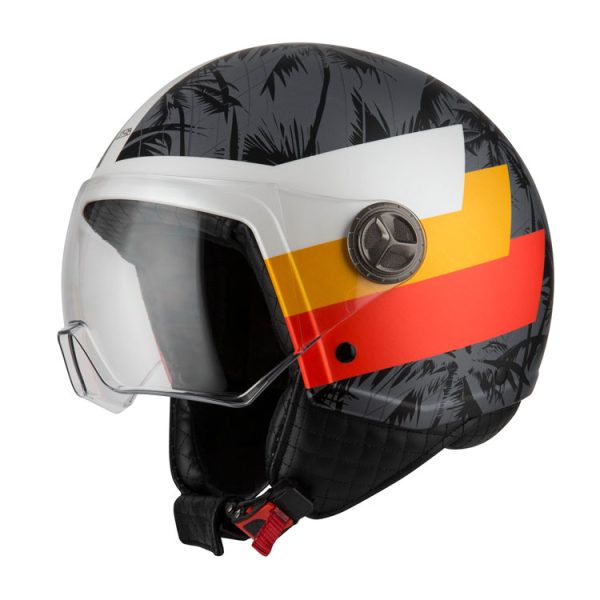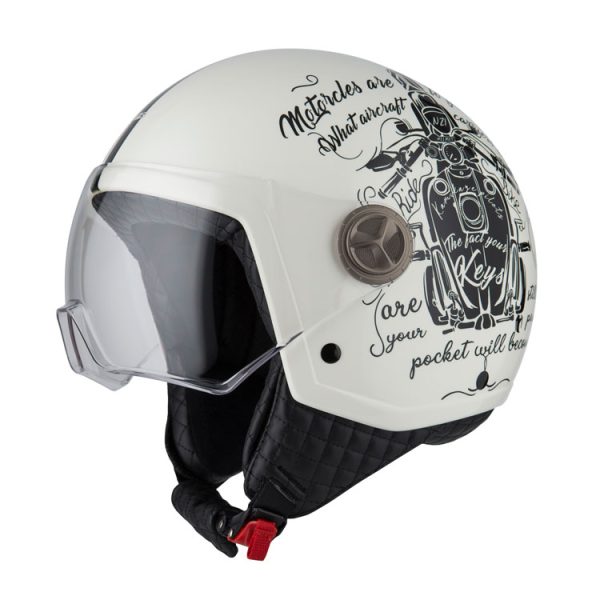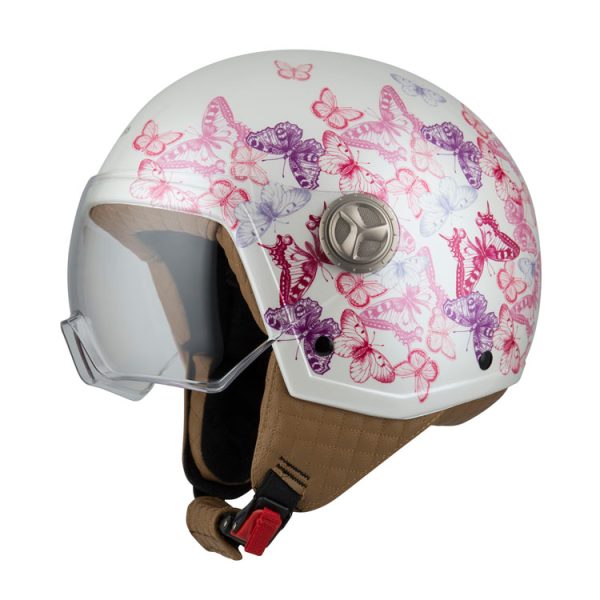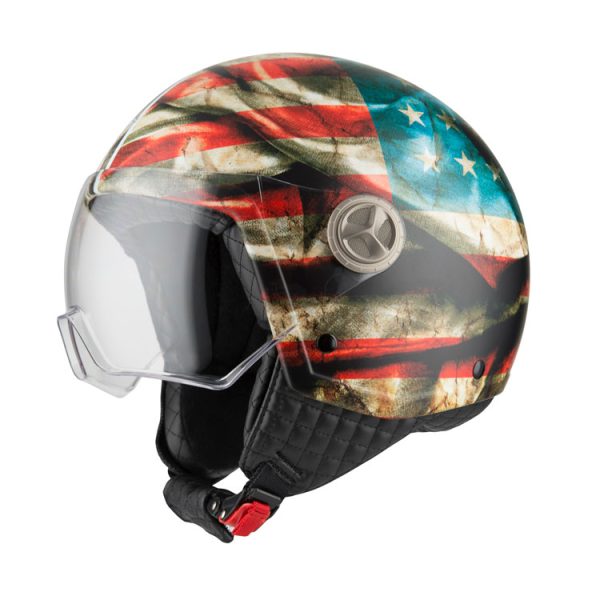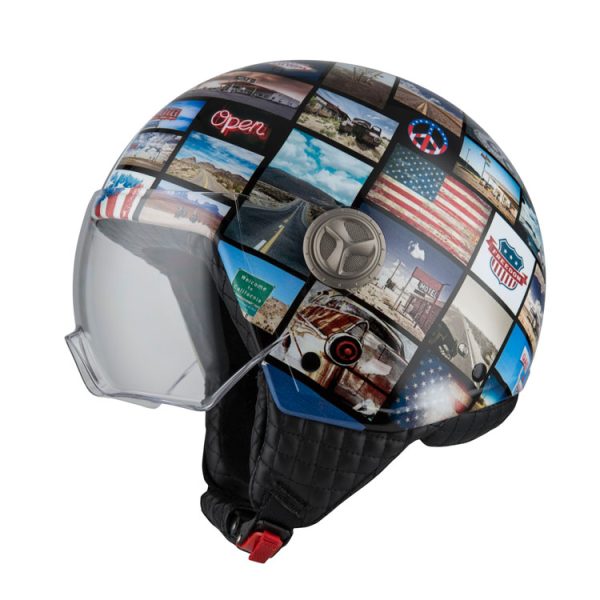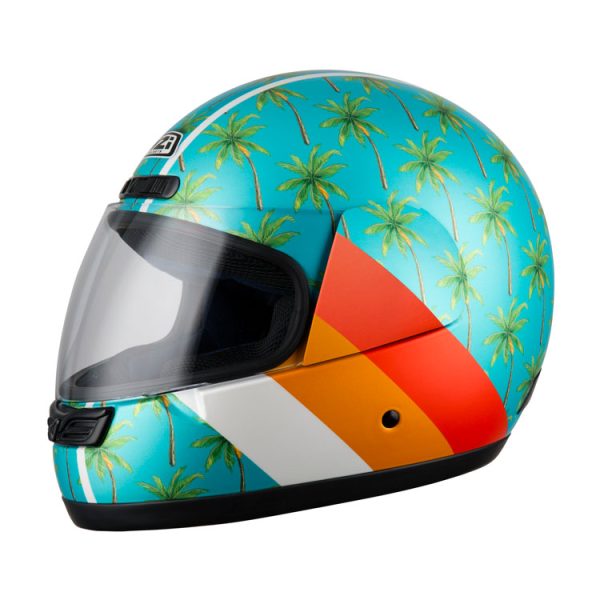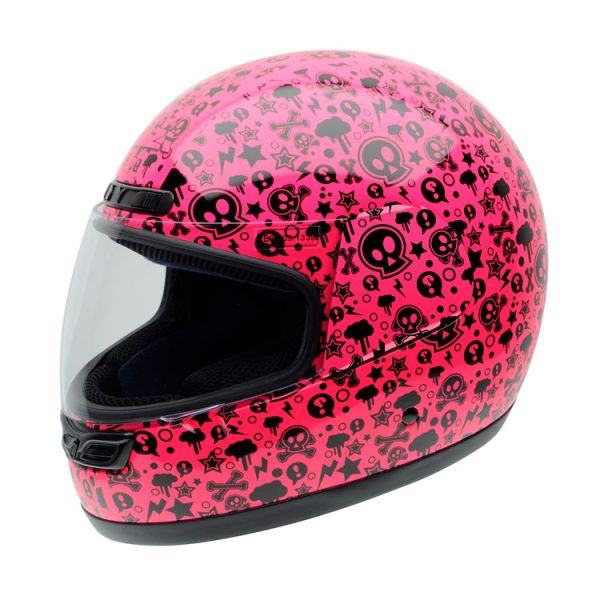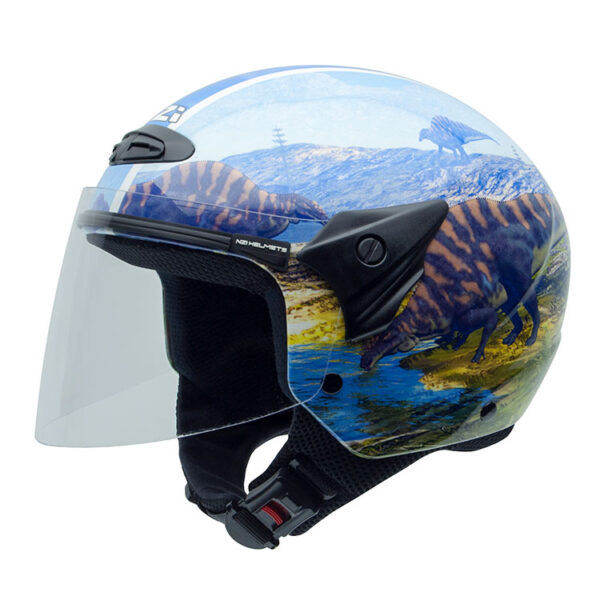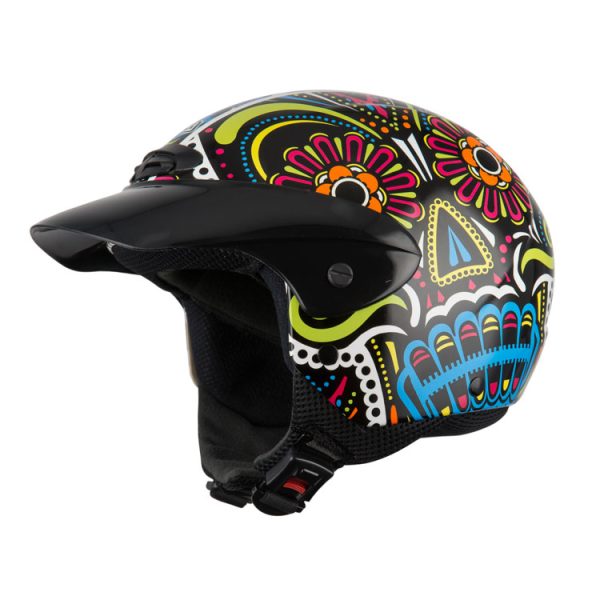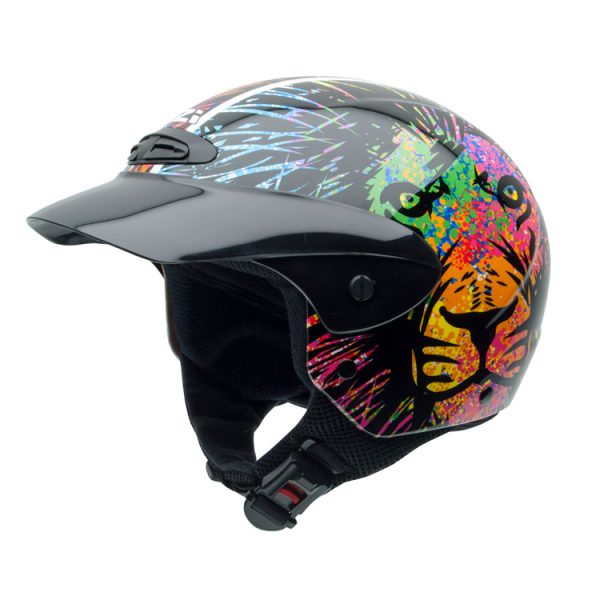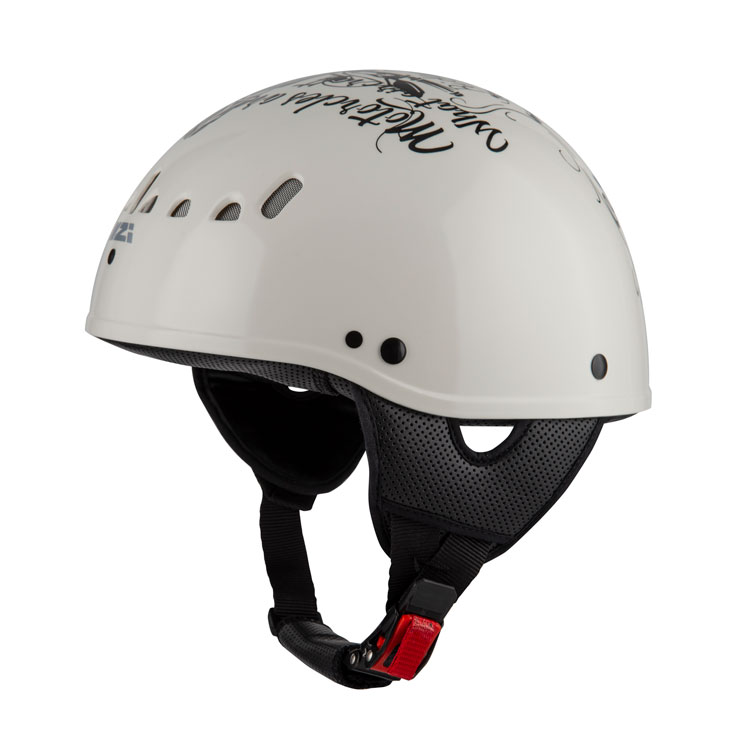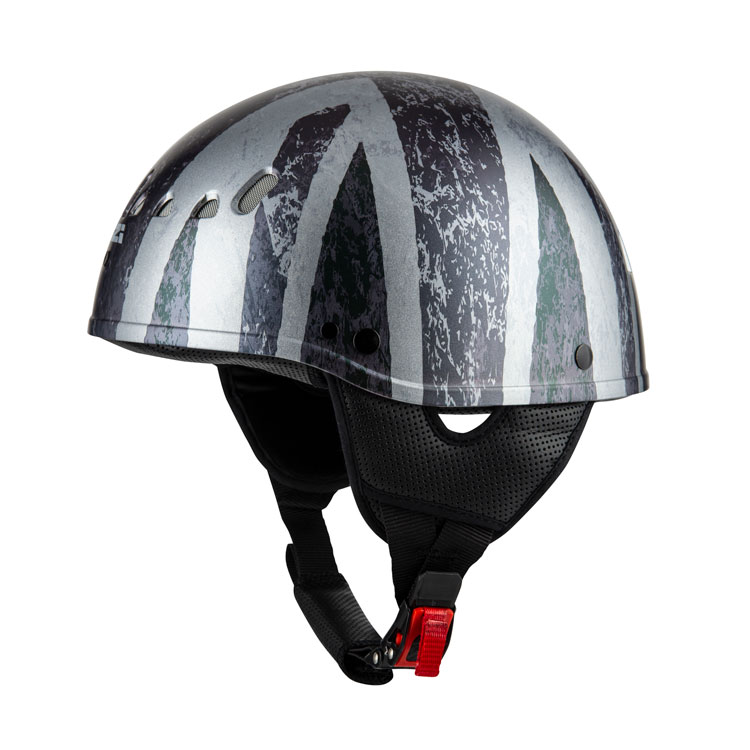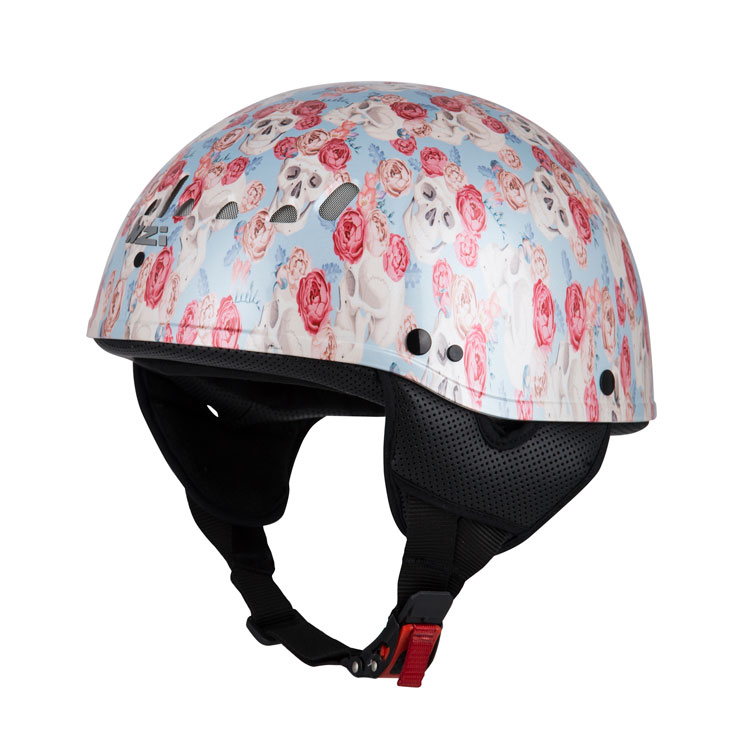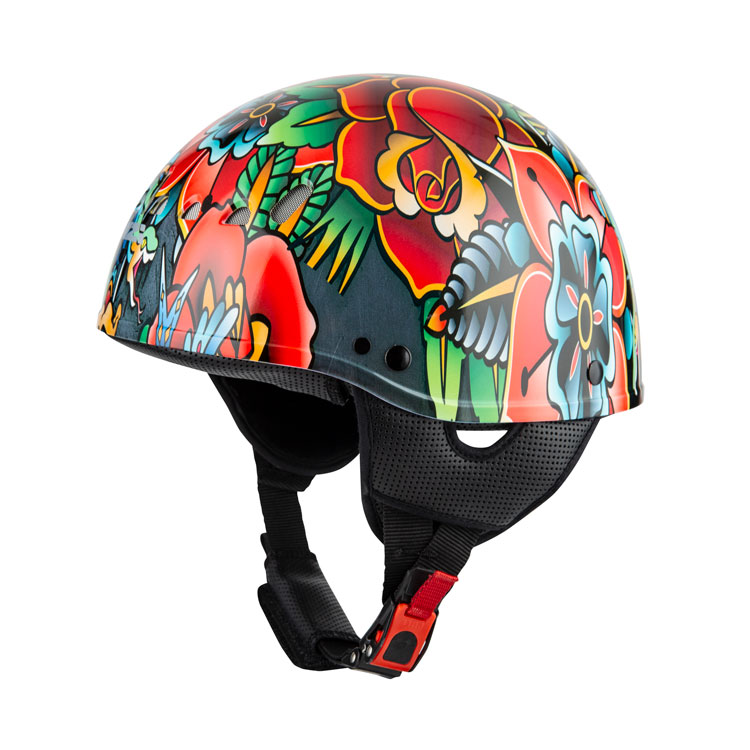Pioneers in Active and Post Accident Safety.
Safety, comfort and vision are the three concepts on which the NZI Helmets philosophy is based.
Not only does the helmet have to protect the head from impact in the event of an accident, but it must also offer ease of use, be practical and comfortable, and provide good vision; by combining all these factors we can make the riding experience such that the driver can concentrate on riding by eliminating the causes of stress.

I + D + i.
Constantly innovating.
Our R&D&I department is continuously researching to achieve improvements in all fields that contribute to the safety provided by a helmet.
NZI Helmets actively participates in several international projects and is a member of the Working Group of the 3rd European Road Safety Action Plan with which it has participated in the SIM (Safety in Motion) project, which aims to design innovative products that contribute to the prevention and reduction of road accidents for motorcycle users.
NZI was the first to mass produce helmets with integrated airbag. Passive Safety.
We manufactured the first prototype helmet that communicates the rider with the motorcycle by integrating ADAS (Advanced Driving Aid Systems) and OBIS (On-Board Information Systems). Active Security.
http://www.saferider-eu.org/consortium.html
We are part of the Expert Group developing the rescue call for motorcyclists. H€ero 112 SOS. Hamonised eCall European Deployment. We manufactured the first prototype with an integrated emergency call system.
Post Accident Safety.
http://www.heero-pilot.eu/view/en/ecall.html
Leaders of the iVital project developing the monitoring of the accident, the extent of injuries. Post-Accident Safety.
http://www.i-vital.eu/?q=content/project-overview
NZI Helmets is today a world reference in motorcyclist safety. Passive, Active and Post-Accident Safety.



Passive, Active and Post Accident Safety
Passive safety: minimize injuries in case of accidents Structural strength to withstand the stresses that occur during an accident.
Additional and innovative safety elements: thermoformed screens more resistant to breakage, incorporation of airbag in the helmet.
Active safety: creating the conditions and support systems to prevent accidents.
– Ventilation: good ventilation keeps the head temperature at acceptable levels providing comfort and avoids excess CO2 accumulation that impairs the driver’s reaction times.
– Acoustics: correct acoustic treatment of the helmet avoids high noise levels in the driver’s ears and protects the auditory system, especially on long journeys.
– Aerodynamics: essential to relieve the neck from the weight of the helmet and the thrust of the air.
– Temperature stabilization: to ensure that the head environment is kept close to 37° inside NZI helmets, fibers containing nanospheres filled with a phase-change material are used to absorb heat when it is needed and release it when it is needed, thus minimizing thermal oscillations on the wearer’s skin.
– Ergonomics: for maximum ease of operation – even with gloves or one hand – of some parts of the helmet, such as the ventilation or visor opening/closing mechanisms.
Finally, strict quality control in the production process of the helmets guarantees compliance with our standards in addition to the mandatory regulations. Final product validation is achieved through thousands of kilometers of pilot testing prior to commercialization.
Advanced post-accident safety:
The two-wheeler industry is currently doing research to be able to adopt, as soon as possible, eCall (automatic emergency call) solutions that we will soon see in the automotive world thanks to the push given by the EU to this system. NZI Helmets, a pioneer in this field, is researching the best strategies for both triggering and reporting so that emergency systems can receive the most appropriate data in the most convenient way when these systems come into operation.

UNITED NATIONS
All our helmets are strictly homologated.
These helmets are certified in accordance with the United Nations Regulation UN R.22/ECE 22.
At present, this Regulation of Approval and Certification is mandatory in 49 countries in 5 continents.
It has been developed by governmental experts and non-governmental associations within the United Nations.
The work of the United Nations encourages the use of the best helmets and their visors.



